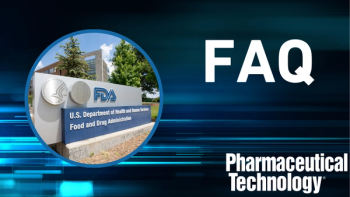In the fight against antibiotic-resistant bacteria, NovoBiotic, Northeastern University, and the University of Bonn have partnered to discover a new class of antibiotic that blocks a microbes’ ability to build cell walls, thus killing it and inhibiting the bacteria from becoming resistant. According to NovoBiotic, the antibiotic, teixobactin, is highly potent against Gram-positive microbes, including Staphylococcus aureus (MRSA) and vancomycin-resistant enterococci (VRE). Teixobactin works by binding to the undecaprenyl-PP-sugar region of bacterial cell wall components lipid II (peptidoglycan precursor) and lipid III (teichoic acid precursor), preventing cell wall formation.
The antibiotic was identified using new methods to grow uncultured organisms by cultivation in situ or by using specific growth factors. In 2012, Eric J. Stewart wrote in the Journal of Bacteriology that because most bacterial strains are unable to grow in laboratory environments, the antibiotic discovery pipeline had collapsed; the last antibiotic class that was successful was developed in 1987. Since then, derivatives and variations have been brought to market, causing a “discovery void.” Stewart further explains that bacteria have not been successfully grown in labs because of the inability of scientists to replicate a microbe’s natural environment.
According to The Guardian, the group of scientists working on the antibiotic were able to combat the problem of growing microbes by developing a device called iChip to culture bacteria in its natural habitat. The device condenses the bacteria between two permeable sheets and is then put in the ground to allow the microbes to grow into colonies. After two weeks, the colonies had multiplied enough to allow the scientists to begin experiments. Pathogens were layered on the iChip while the scientists watched for the bugs that killed the pathogens above them, indicating that they produced natural antibiotics. The group studied 10,000 soil bacteria in which they found 25 new compounds, one of which was teixobactin.
In October 2014, Healthline News reported that MIT had successfully discovered two new classes of antibiotics to fight drug-resistant bacteria following a executive order signed by President Barak Obama that established a task force to fight the ongoing problem of antibiotic resistance. The Guardian further reported that the World Health Organization recently warned that the world was entering a “post-antibiotic era,” and the UK’s chief medical officer, Sally Davies, put antibiotic resistance on the government’s national risk register saying that more people will die from routine operations in the next 20 years if new antibiotics are not discovered.
Sources:
NovoBioticFirstWordPharma






